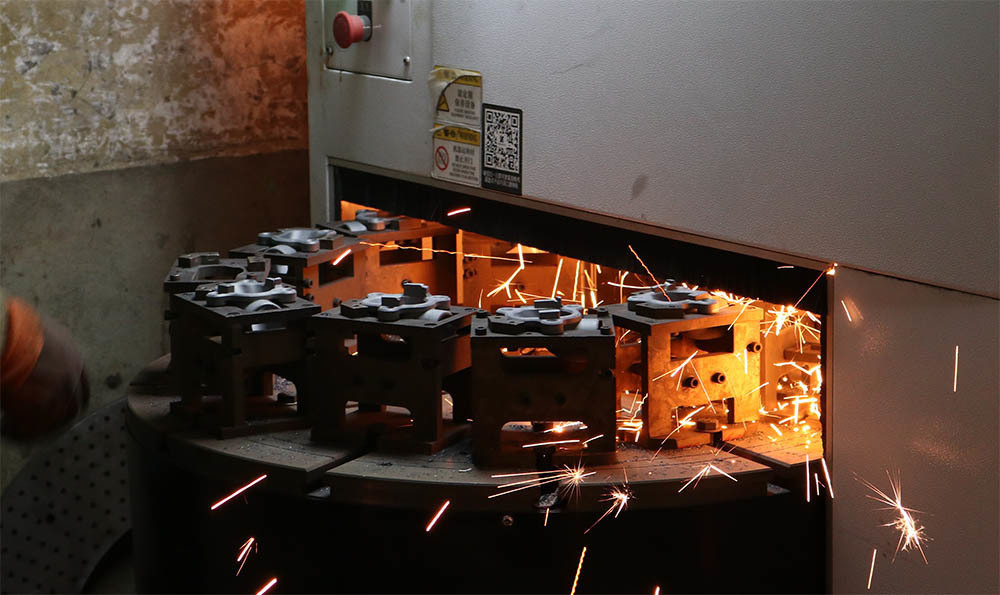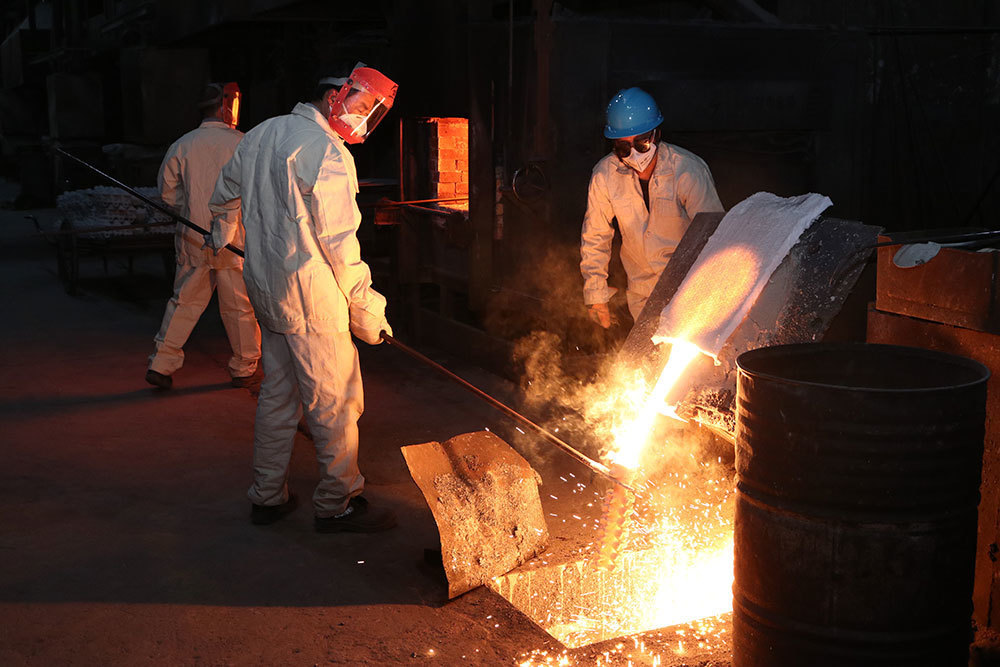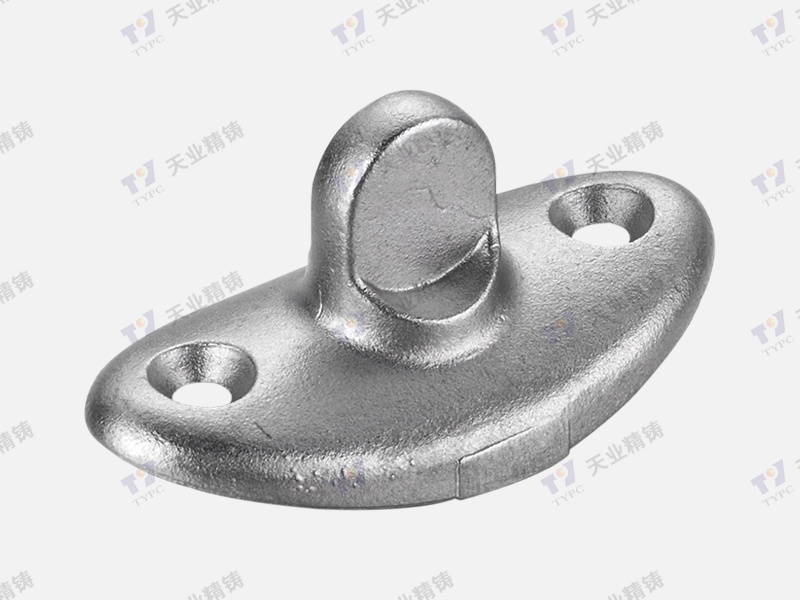2025-05-27
Optimizing Industrial Operations with Durable Transmission Fork Castings
Optimizing Industrial Operations with Durable Transmission Fork Castings
Table of Contents
- Introduction to Transmission Fork Castings
- What Are Transmission Fork Castings?
- Benefits of Durable Transmission Fork Castings
- Applications of Transmission Fork Castings in Industrial Operations
- The Importance of Material Quality and Durability
- The Manufacturing Process of Transmission Fork Castings
- Maintenance Best Practices for Transmission Fork Castings
- Case Studies: Successful Implementation
- Frequently Asked Questions
- Conclusion
Introduction to Transmission Fork Castings
In the realm of industrial operations, the quest for efficiency and durability is perpetual. One component that plays a crucial role in enhancing operational performance is **transmission fork castings**. These castings are essential for various machinery and equipment in sectors such as manufacturing, automotive, and construction. Understanding their significance and how they contribute to optimizing industrial processes is essential for businesses aiming to stay competitive in today’s fast-paced environment.
What Are Transmission Fork Castings?
Transmission fork castings are intricately designed components that facilitate the smooth operation of machinery by connecting and engaging different parts within a transmission system. Typically made from materials like ductile iron or steel, these castings are engineered to withstand high stress and impact. The design often includes features that allow for effective force distribution, thereby minimizing wear and tear over time.
Characteristics of High-Quality Transmission Fork Castings
To ensure optimal performance, high-quality transmission fork castings possess several key characteristics:
- **High tensile strength:** Ability to resist deformation under load.
- **Corrosion resistance:** Essential for longevity, especially in harsh environments.
- **Precision manufacturing:** Ensures proper fit and functionality within systems.
- **Cost-effectiveness:** Provides a balance between quality and affordability.
Benefits of Durable Transmission Fork Castings
Investing in durable transmission fork castings offers a multitude of benefits, including:
1. Enhanced Operational Efficiency
Durable castings minimize downtime due to failures, ensuring that operations run smoothly and efficiently. This leads to increased output and reduced operational costs.
2. Improved Safety Standards
Using high-quality transmission fork castings reduces the risk of mechanical failures that can lead to accidents in the workplace. Ensuring equipment reliability is paramount for maintaining safety standards.
3. Longer Lifespan of Equipment
Durability translates to extended service life for machinery, which reduces the need for frequent replacements and repairs. This not only saves costs but also contributes to environmental sustainability by lowering waste.
4. Better Performance in Extreme Conditions
Durable castings are designed to perform optimally in extreme temperatures and high-stress environments, making them invaluable in industries such as construction and mining.
Applications of Transmission Fork Castings in Industrial Operations
Transmission fork castings are versatile components widely used across various industrial applications:
1. Automotive Industry
In the automotive sector, these castings are vital for the functioning of manual and automatic transmissions, ensuring smooth gear shifts and overall vehicle performance.
2. Manufacturing Equipment
Many types of manufacturing machinery utilize transmission fork castings to facilitate movement and control operations, from conveyors to robotic arms.
3. Heavy Machinery
In sectors involving heavy machinery, such as construction and agriculture, these castings are crucial for transmitting power efficiently, thereby enhancing operational capabilities.
4. Aerospace Applications
In aerospace, where weight and strength are critical, specialized transmission fork castings ensure that aircraft components operate reliably under various conditions.
The Importance of Material Quality and Durability
The choice of materials used in production significantly impacts the quality and durability of transmission fork castings. Factors to consider include:
1. Alloy Composition
The specific alloy used in castings affects their strength, weight, and resistance to wear. A well-chosen alloy can significantly enhance the performance of the castings.
2. Manufacturing Techniques
Advanced manufacturing techniques such as precision casting and heat treatment can improve the mechanical properties of the final product, ensuring that it meets the demands of its application.
3. Quality Control Measures
Implementing stringent quality control measures during production can prevent defects that compromise the performance of transmission fork castings. Regular testing and inspections are essential for maintaining high standards.
The Manufacturing Process of Transmission Fork Castings
The manufacturing process of transmission fork castings involves several key steps:
1. Design and Engineering
The process begins with designing the casting, using CAD software to create detailed specifications that meet the necessary performance requirements.
2. Pattern Making
A pattern is created based on the design, typically made from materials like wood or metal. This pattern is used to create molds for casting.
3. Mold Creation
Molds are prepared using the pattern, ensuring they are precise and able to handle the molten metal during casting.
4. Casting
Molten metal is poured into the molds, where it cools and solidifies into the desired shape.
5. Machining and Finishing
Once the castings are removed from the molds, they undergo machining and finishing processes to achieve the necessary dimensions and surface quality.
Maintenance Best Practices for Transmission Fork Castings
To ensure the longevity and efficiency of transmission fork castings, proper maintenance is crucial:
1. Regular Inspections
Conduct routine inspections to identify wear and tear, allowing for timely repairs or replacements.
2. Lubrication
Proper lubrication reduces friction and wear, ensuring smooth operation and extending the lifespan of components.
3. Environmental Considerations
Protect transmission fork castings from harsh environmental conditions, such as moisture and extreme temperatures, which can lead to corrosion and degradation.
4. Operator Training
Train operators on the correct use and handling of machinery that incorporates transmission fork castings to minimize the risk of damage.
Case Studies: Successful Implementation
Examining real-world applications can provide insights into the effectiveness of durable transmission fork castings:
1. Case Study 1: Automotive Manufacturer
An automotive manufacturer implemented high-quality transmission fork castings in their assembly line, resulting in a 15% increase in production efficiency and a significant decrease in maintenance costs.
2. Case Study 2: Heavy Equipment Supplier
A heavy equipment supplier utilized durable castings in their machinery, leading to a 30% reduction in downtime and an increase in customer satisfaction due to improved reliability.
3. Case Study 3: Aerospace Industry
In the aerospace sector, the adoption of advanced transmission fork castings contributed to enhanced performance in critical components, thereby improving overall aircraft safety and efficiency.
Frequently Asked Questions
1. What are the primary materials used for transmission fork castings?
The most common materials include ductile iron and steel, chosen for their strength and durability.
2. How can I ensure the quality of transmission fork castings?
Selecting reputable manufacturers and assessing their quality control processes can help ensure the castings meet industry standards.
3. What are the signs that a transmission fork casting needs replacement?
Signs include visible wear, cracks, or failure to engage properly within the transmission system.
4. How do environmental factors affect transmission fork castings?
Harsh environments can lead to corrosion and degradation, which can compromise the integrity and performance of the castings.
5. Can transmission fork castings be repaired?
Depending on the extent of the damage, minor issues can often be repaired; however, severe damage may necessitate full replacement.
Conclusion
Durable transmission fork castings are indispensable for optimizing industrial operations, providing significant advantages in terms of efficiency, safety, and longevity. By understanding their features, benefits, and proper maintenance, businesses can make informed decisions that lead to improved productivity and reduced operational costs. Investing in high-quality transmission fork castings not only enhances machinery performance but also contributes to sustainable practices in industrial environments.









